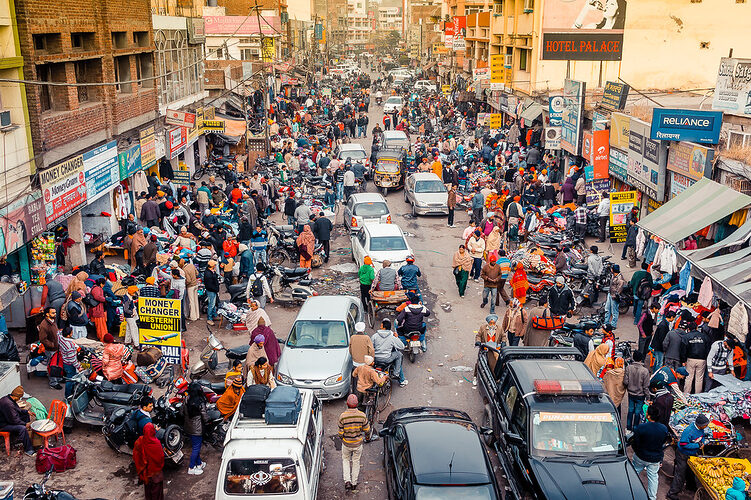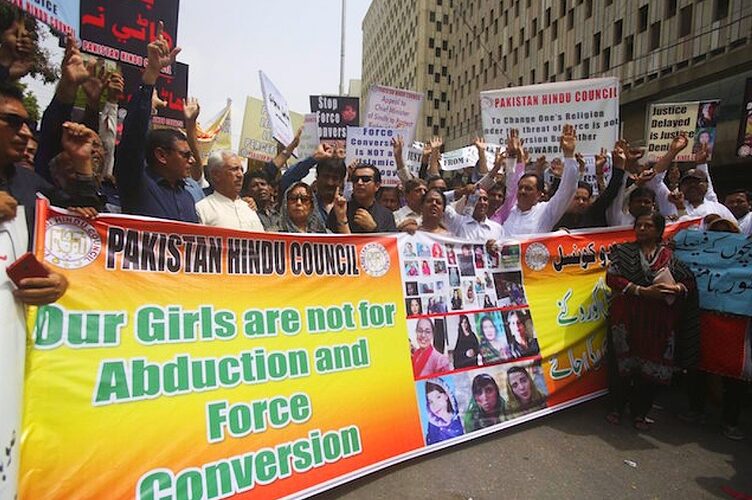Table of Contents
- The Business of Love: Unveiling the Global Impact of Valentine’s Day and Commercialization of Love
- The Origins of Valentine’s Day
- The Globalization of Valentine’s Day
- Media Influence
- Cultural Exchange
- The Rise of Consumerism
- The Economic Impact of Valentine’s Day
- Retail Sales
- Flower Industry
- Restaurants and Hospitality
- E-commerce and Online Retail
- The Dark Side of Commercialization
- Materialism and Consumerism
- Social Pressure and Expectations
- Exploitation of Emotions
- Case Studies: Cultural Adaptations of Valentine’s Day
- Japan: Valentine’s Day and White Day
- South Korea: Valentine’s Day and Black Day
- Conclusion
The Love Economy: Unveiling the Global Impact of Valentine’s Day and Commercialization of Love
Valentine’s Day, celebrated on the 14th of February each year, is a day dedicated to love and affection. It is a time when people express their feelings towards their loved ones through gifts, cards, and romantic gestures. However, behind the scenes, Valentine’s Day has evolved into a global phenomenon with significant economic implications. In this article, we will delve into the global impact of Valentine’s Day and explore the commercialization of love.

The Origins of Valentine’s Day
Valentine’s Day has a rich history that dates back centuries. Its origins can be traced to ancient Rome, where a festival called Lupercalia was celebrated in mid-February. Lupercalia was a fertility festival dedicated to Faunus, the Roman god of agriculture. During this festival, young men would draw names of young women from a box, and they would be paired together for the duration of the festival. Often, these pairings would lead to marriage.
The association of Valentine’s Day with love and romance can be attributed to the legend of Saint Valentine, a Christian martyr who lived in the 3rd century. According to popular belief, Saint Valentine performed secret marriages for soldiers who were forbidden to marry. He was eventually imprisoned and executed on the 14th of February. It is said that before his execution, he wrote a letter to the jailer’s daughter, signing it “From your Valentine,” thus giving birth to the tradition of exchanging love letters on Valentine’s Day.

The Globalization of Valentine’s Day
Valentine’s Day was initially celebrated in Western countries, but over time, it has spread to become a global phenomenon. The globalization of Valentine’s Day can be attributed to various factors, including media influence, cultural exchange, and the rise of consumerism.
Media Influence
The media has played a significant role in popularizing Valentine’s Day around the world. Movies, television shows, and advertisements often depict romantic gestures and celebrations on Valentine’s Day, creating a sense of expectation and desire among viewers. This portrayal of Valentine’s Day as a day of love and romance has influenced people from different cultures to adopt the holiday.

Cultural Exchange
With the increasing interconnectedness of the world, cultural exchange has become more prevalent. People from different countries and cultures now have greater exposure to each other’s traditions and celebrations. As a result, Valentine’s Day has been embraced by many non-Western cultures, who have incorporated their own customs and traditions into the celebration.
The Rise of Consumerism
Valentine’s Day has become heavily commercialized, with businesses capitalizing on the opportunity to sell products and services associated with love and romance. The rise of consumerism has played a significant role in the globalization of Valentine’s Day. Retailers, restaurants, and florists, among others, heavily promote their Valentine’s Day offerings, creating a sense of obligation among consumers to participate in the celebration.

The Economic Impact of Valentine’s Day
The commercialization of Valentine’s Day has had a profound economic impact, both globally and locally. Let’s explore some of the key aspects of this impact:
Retail Sales
Valentine’s Day is a major retail event, with consumers spending billions of dollars on gifts and experiences. According to the National Retail Federation, Americans alone spent over $20 billion on Valentine’s Day in 2020. This spending includes purchases such as flowers, chocolates, jewelry, greeting cards, and romantic dinners.
Similarly, in the United Kingdom, Valentine’s Day spending reached an estimated £1.45 billion in 2020, according to the Centre for Retail Research. This figure includes spending on gifts, dining out, and experiences.
Flower Industry
The flower industry experiences a significant boost in sales during the Valentine’s Day season. Red roses, in particular, are in high demand, symbolizing love and passion. According to the Society of American Florists, approximately 250 million roses are produced for Valentine’s Day in the United States alone. This surge in demand leads to increased production and employment opportunities in the flower industry.

Restaurants and Hospitality
Valentine’s Day is a busy time for restaurants and the hospitality industry. Many couples choose to celebrate the occasion by dining out or booking romantic getaways. This increased demand for dining and accommodation leads to higher revenues for restaurants, hotels, and other hospitality establishments.
E-commerce and Online Retail
The rise of e-commerce has transformed the way people shop for Valentine’s Day gifts. Online retailers offer a wide range of products and convenient delivery options, making it easier for consumers to find the perfect gift. According to Adobe Analytics, online Valentine’s Day spending in the United States reached a record $4.3 billion in 2020, highlighting the growing importance of e-commerce in the holiday season.

The Dark Side of Commercialization
While Valentine’s Day brings joy and celebration for many, it is not without its critics. The commercialization of love has raised concerns about materialism, social pressure, and the exploitation of emotions for profit.
Materialism and Consumerism
The emphasis on buying gifts and spending money on Valentine’s Day can lead to a materialistic approach to love. The pressure to buy expensive gifts or plan extravagant experiences can create financial strain and unrealistic expectations in relationships. This focus on materialism can overshadow the true meaning of love and affection.
Social Pressure and Expectations
Valentine’s Day can create social pressure to be in a romantic relationship or to demonstrate one’s love through grand gestures. This pressure can be particularly challenging for individuals who are single or going through difficult times in their relationships. The expectation to conform to societal norms can lead to feelings of loneliness, inadequacy, and exclusion.

Exploitation of Emotions
Businesses often capitalize on people’s emotions during Valentine’s Day, using marketing tactics to create a sense of urgency and obligation to buy. This exploitation of emotions can manipulate individuals into making purchases they may not necessarily want or afford. It can also create a sense of competition among couples, as they strive to outdo each other with extravagant gifts and gestures.
Case Studies: Cultural Adaptations of Valentine’s Day
Valentine’s Day has been adapted and embraced by different cultures around the world, often incorporating their own customs and traditions. Let’s explore a few examples:
Japan: Valentine’s Day and White Day
In Japan, Valentine’s Day is primarily celebrated by women who give chocolates to men. However, there is a twist to this tradition. On March 14th, exactly one month after Valentine’s Day, Japan celebrates White Day. On this day, men are expected to reciprocate the gesture by giving gifts to the women who gave them chocolates. This cultural adaptation has created a unique and reciprocal celebration of love.
South Korea: Valentine’s Day and Black Day
In South Korea, Valentine’s Day is not only celebrated by couples but also by singles. On April 14th, one month after Valentine’s Day, singles who did not receive any gifts or chocolates gather to celebrate Black Day. On this day, they eat Jajangmyeon, a black bean noodle dish, symbolizing their single status. This cultural adaptation has turned Valentine’s Day into a celebration of self-love and solidarity among singles.
Conclusion
Valentine’s Day has evolved from a simple celebration of love to a global phenomenon with significant economic implications. The commercialization of love has transformed Valentine’s Day into a major retail event, with billions of dollars spent on gifts, experiences, and romantic gestures. While the economic impact is undeniable, it is essential to recognize the potential downsides of commercialization, such as materialism, social pressure, and the exploitation of emotions. Cultural adaptations of Valentine’s Day around the world demonstrate the diverse ways in which love and affection are celebrated. Ultimately, it is up to individuals to navigate the commercial aspects of Valentine’s Day while staying true to the essence of love and connection.










